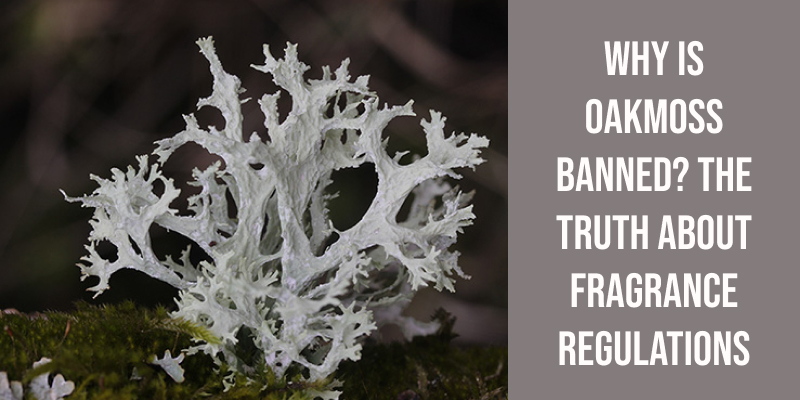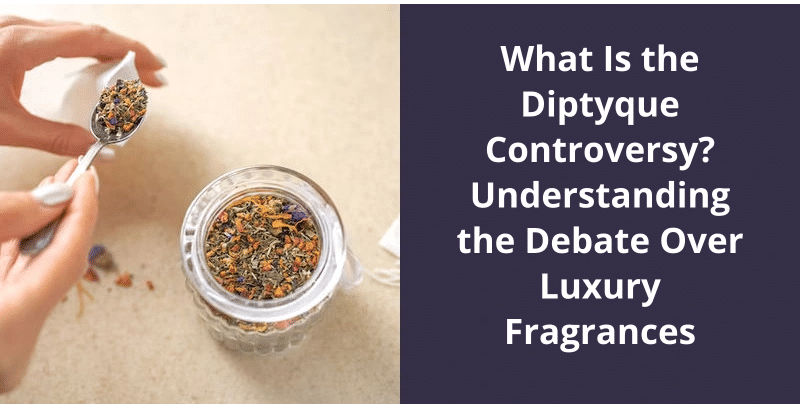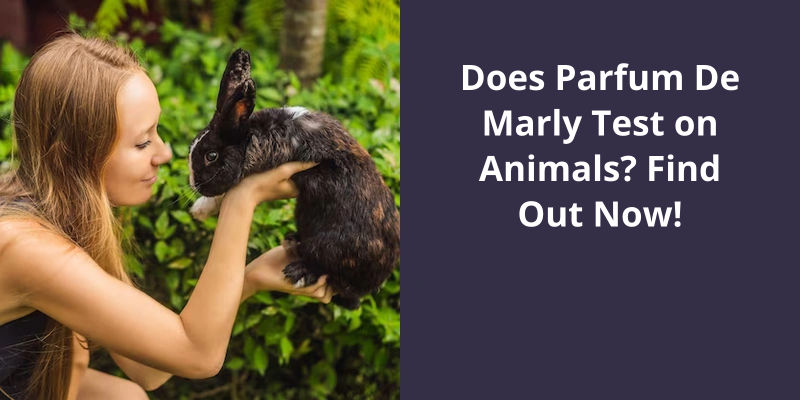Yes, Cinnabar, the iconic fragrance from Estee Lauder, has indeed been reformulated. The original version was introduced to the market back in 1978. However, due to evolving industry regulations and ingredient availabilities, perfumes often undergo reformulations. Many perfume lovers have noticed a change in the scent, suggesting a possible reformulation. The current version of Cinnabar might not have the same exact scent or composition as the original one, which is usually the case with reformulated fragrances. Nonetheless, Estee Lauder continues to offer Cinnabar, upholding its spicy, exotic character, unique to its oriental line.

What Year Did Cinnabar Perfume Come Out?
The release of Cinnabar perfume in 1978 was a pivotal moment for the fragrance industry. It’s unique blend of exotic ingredients and bold spices caused a sensation among perfume aficionados, and it quickly became one of the most sought-after fragrances on the market. The masterful perfumer duo of Bernard Chant and Josephine Catapano are credited with creating this iconic scent, which has remained a popular choice for discerning consumers to this day.
In addition to it’s captivating scent, Cinnabar also made a statement with it’s packaging. The bottle was shaped like a pagoda, adorned with an elaborate gold cap that was reminiscent of exotic Eastern architecture. The striking design of the bottle perfectly complemented the boldness of the scent within, and helped to cement Cinnabars place in the annals of perfume history.
The Inspiration Behind the Creation of Cinnabar Perfume
- Cinnabar perfume was created by Estée Lauder in 1978
- The inspiration behind the creation of Cinnabar perfume was the exoticism and mystery of the Far East
- The fragrance combines warm spices such as clove and cinnamon with floral notes of jasmine and ylang-ylang
- It’s said that Estée Lauder was inspired by a vase from the Ming Dynasty while creating the bottle design for Cinnabar perfume
- Over the years, Cinnabar perfume has become a classic oriental fragrance, beloved by many
While cinnabar perfume has been around for over four decades, it’s fragrance remains a popular choice for many. With a unique blend of spices, fruits, and florals, cinnabar’s scent is multi-dimensional and captivating. But what exactly makes up this complex fragrance? Let’s take a closer look at the scents that make cinnabar such a memorable perfume.
What Scents Are in Cinnabar?
Cinnabar is a classic fragrance that was first introduced in 1978 by the esteemed beauty brand, Estée Lauder. Known for it’s spicy and warm character, Cinnabar is a scent that’s stood the test of time and remains just as popular today as it was over four decades ago. The fragrance boasts a complex blend of notes, which come together to create a scent that’s both alluring and distinctive.
It opens with top notes of clove, cinnamon, and other warm spices that immediately grab your attention. These are accompanied by fruity notes of peach, tangy tangerine, and orange blossom, which add a touch of sweetness and a hint of freshness to the mix.
As you delve deeper into the fragrance, youll start to pick up on the floral notes that are present in the heart of the scent. These include classic floral scents such as rose, jasmine, ylang-ylang, and carnation, which add a softness and a sense of femininity to the blend. These floral notes are perfectly balanced with the spicier elements of the fragrance, creating a harmonious and well-rounded scent.
It’s spicy notes are well balanced with it’s floral and woody elements, creating a scent that’s both sensual and sophisticated.
The History and Evolution of Cinnabar Fragrance
Cinnabar fragrance has a rich history dating back to ancient China, where it was highly prized for it’s medicinal properties. Over time, it evolved to become a popular perfume ingredient in Europe, particularly during the Renaissance. Today, cinnabar fragrance continues to be used in perfumery as a warm, spicy note that adds depth and complexity to fragrances.
Source: Cinnabar By Estee Lauder For Women. Eau De Parfum Spray …
Moving away from the question of whether or not Cinnabar smells like cinnamon, it’s worth exploring the complexities of this fragrance. Though it does contain some sweet and spicy notes, there’s much more to it than just a gourmand aroma. In fact, the base notes of Cinnabar give it a distinct edge that sets it apart from other scents. Let’s take a closer look at what makes this fragrance so intriguing.
Does Cinnabar Smell Like Cinnamon?
Cinnabar, a mineral with the chemical formula of mercury sulfide, doesn’t smell like cinnamon despite it’s name. The name cinnabar comes from the Greek word “kinnabari,” which means “dragons blood.”. In ancient times, cinnabar was used in traditional Chinese medicine and was believed to have mystical and healing properties due to it’s bright red color and association with the dragon.
Cinnabar has a pungent and slightly metallic smell that can be unpleasant in large quantities. This odor is due to the release of mercury vapor, which can be toxic if inhaled.
Although cinnabar is primarily used for it’s vivid red pigment, it’s also been used in the production of vermilion, a bright red pigment used in traditional Chinese and European art. Vermilion is made by grinding cinnabar into a fine powder and mixing it with a binding agent. The resulting pigment is bright and long-lasting, but it’s use has declined due to concerns about the toxicity of mercury.
Despite it’s toxic properties, cinnabar has played an important role in human history. In addition to it’s use in traditional medicine and art, cinnabar was also prized for it’s metal content. Mercury, which is extracted from cinnabar, was used to produce mirrors, thermometers, and other scientific instruments. However, due to it’s toxic nature, the use of mercury has been heavily restricted in recent years.
However, due to it’s toxicity, cinnabar and mercury are no longer widely used, and their use is heavily regulated.
Conclusion
While some have lamented the changes made to the beloved scent, others have been thrilled to discover it in it’s new form. Regardless of one's personal opinion on the matter, it’s clear that Cinnabar has stood the test of time and remains a beloved fragrance for many. As with any reformulation or change in a classic scent, it’s up to the individual to decide if the new version lives up to it’s predecessor.





